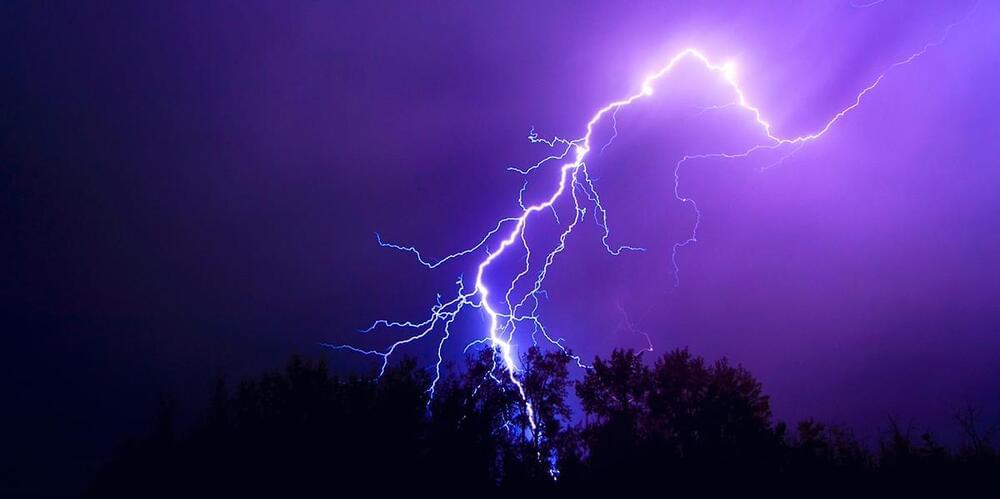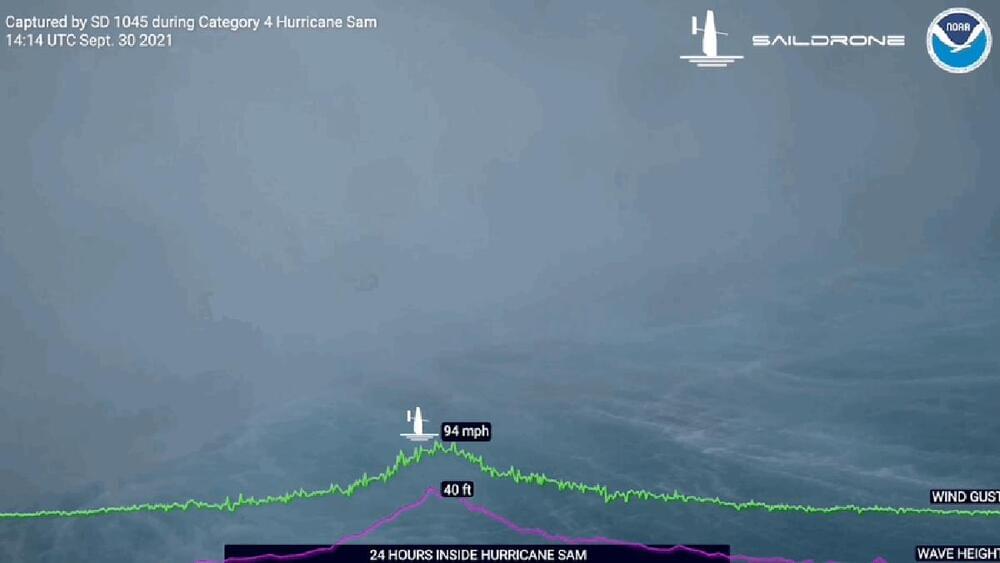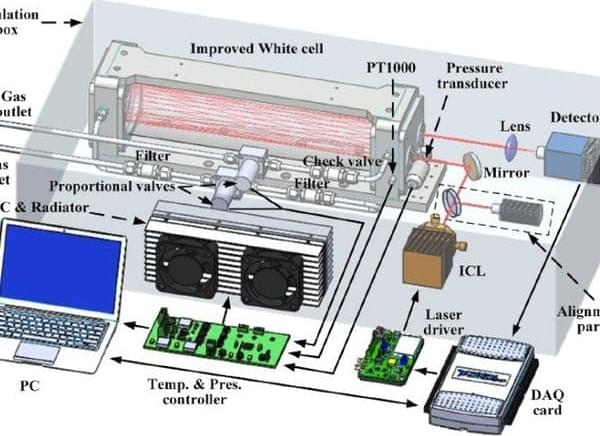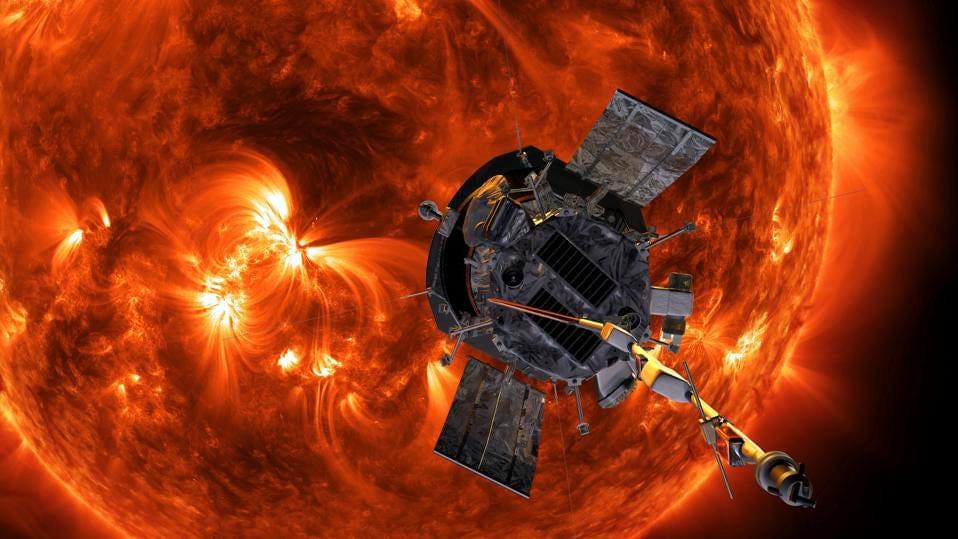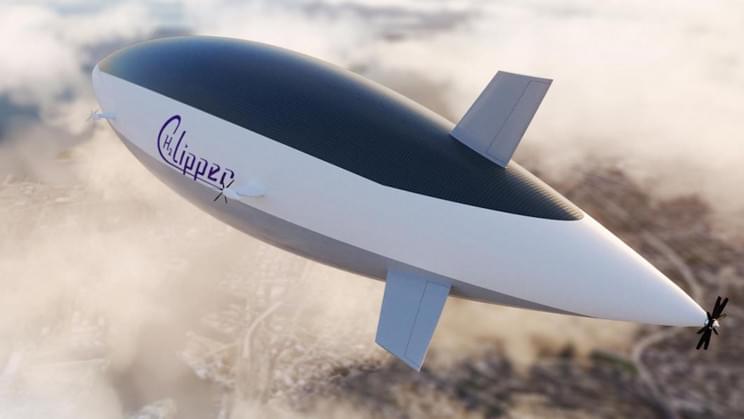You may not see them coming, but the effects of climate change are starting to be felt in certain parts of the world. An example of this is the destruction of several coral reefs around the globe in recent years. As devastating as that sounds, it is only the prologue to a long list of potentially catastrophic events yet to arrive. In the long term, climate change threatens to eventually drive humans towards extinction. Therefore, while little steps, like planting more trees and turning out lightbulbs when not in use, are certainly useful, bigger steps are needed to fend off the devastating effects of climate change.
An internal combustion engine is one of the prime contributors to climate change-causing carbon emissions. Such engines produce large quantities of nitrogen oxide, carbon monoxide and other hydrocarbons that harm the environment and cause respiratory disorders in individuals. Due to these—and many more—reasons, electric vehicles, or EVs, need to replace the ones with traditional combustion engines.
EV owners can save about US$700 a year on fuel costs alone. Also, the maintenance expenses of EVs are lower than those of standard vehicles. So, owning EVs can help them save money and reduce their extreme reliance on fossil fuel, thereby slowing down its inevitable depletion from the earth. Additionally, EVs are incredibly efficient as they only consume approximately 25–40 kWh per 100 miles. Most importantly, EVs reduce CO2 emissions by nearly 178 million kg. What’s more, despite the high fuel efficiency and smaller carbon footprint, EVs can outperform vehicles with traditional combustion engines easily.

